The Hittites are not only one of the oldest civilizations in history, but also a civilization established in Anatolia, that is, they existed on the land we live in today. Let’s take a closer look at the Hittite civilization and see what traces they left in the historical process.
We encounter the first traces of human civilization in the history of the world in Mesopotamia and the Anatolian lands we live in. Not only were civilizations established in these lands thousands of years ago, they became kingdoms and even fought and signed treaties among themselves. One of the most important of these civilizations is the Hittite civilization.
A civilization with almost the same borders as us, not counting the Aegean and Southeastern borders. We don’t know if the Hittites were Turks. but the many traces they left in history are truly astonishing. What is more interesting is that we can encounter this civilization even in the holy books. Let’s take a closer look at the extraordinary information about the Hittites, some of which you will hear for the first time.
Interesting facts about the Hittites, some of which you will hear for the first time:
- The Hittites were founded in the very heart of Anatolia.
- Hittites are mentioned in the Old Testament.
- The Hittites were first discovered in the 19th century.
- The first known peace treaty in history was made between the Hittites and Egypt.
- The Hittites were not destroyed in such a day.
- We understand the Hittites’ understanding of art from their temples that have survived to the present day.
- Hittite is one of the oldest known languages.
- We are very familiar with religious beliefs.
The Hittites were founded in the very heart of Anatolia:
Hittites, also known as Etiler, ruled between 1650 and 1190 BC. The Hittites, who are estimated to be Europeans who came to Anatolia via the Caucasus, They settled in the Hattusa region, which is today within the provincial borders of Çorum. In a short time, they expanded their borders and became dominant in a wide geography up to Northern Mesopotamia and the Eastern Mediterranean. Besides being able to migrate over long distances, it was easy for them to settle in the lands they acquired because they were also engaged in agriculture.
The Hittites are mentioned in the Old Testament:

One of the holy books of the Jews, which Muslims call the Torah and the Psalms. The Old Testament spoke of this civilization even before the Hittites were discovered. In the Book of Kings chapter of the text, it is said that this civilization helped the Israelites with chariots and horses. In the Book of Genesis, St. They are mentioned as friends of Abraham. It is even said that Uriya, one of the important Hittite soldiers, was a commander in King David’s army. According to the Book of Chronicles chapter, Uriah is one of the most powerful men of the time.
The Hittites were first discovered in the 19th century:
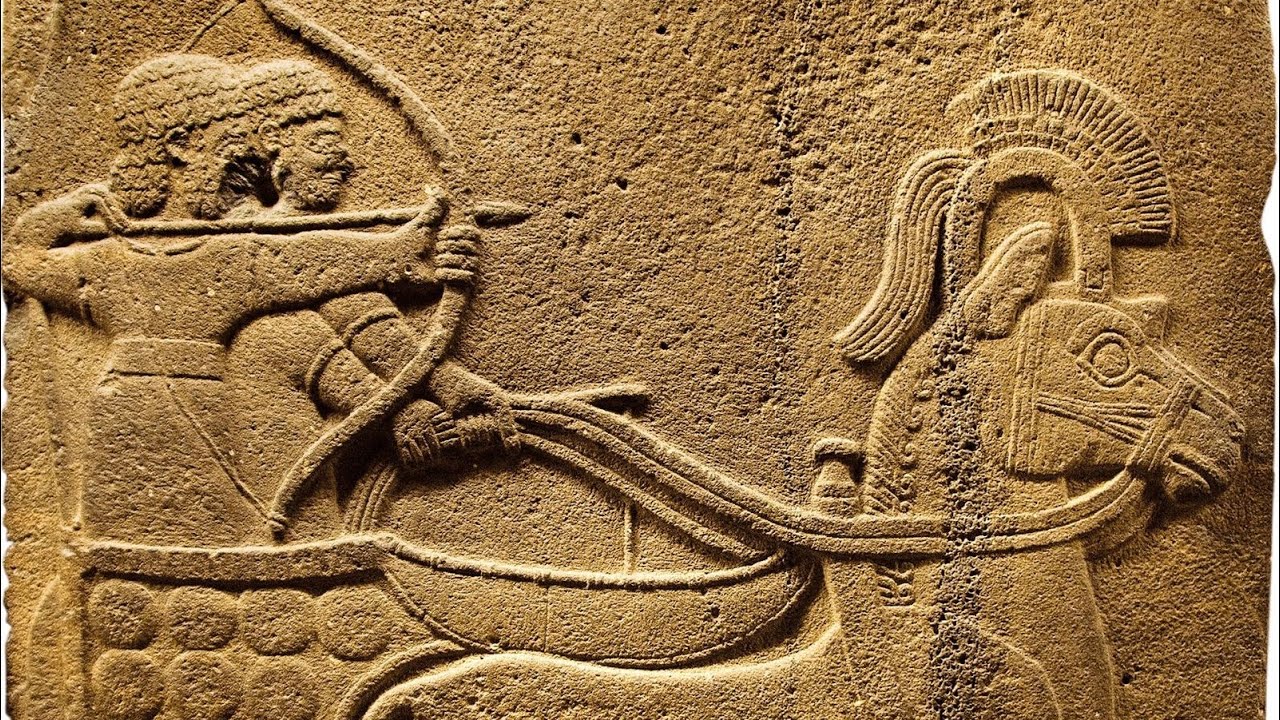
The first person to find the Hittites was a French scientist named Charles Texier, but he could not interpret the finds correctly. by William Wright in 1884 The fact that the inscriptions on the monument discovered in Boğazkale district of Çorum matched with a different monument in Syria, illuminated the event a little more. The diplomatic correspondence found in Egypt in 1887 had now clearly revealed the Kheta Kingdom.
Archibald Henry Sayce’s fictionalized texts from the Old Testament The idea that there was a great civilization in Anatolia was thus proven. When we came to the 20th century, the Hittite civilization was definitively accepted, as the finds were now clearly evident. Professor Tahsin Özgüç, one of our most valuable archaeologists, carried out important excavations where countless finds about the Hittites were unearthed until the day he passed away.
The first known peace treaty in history was made between the Hittites and Egypt:
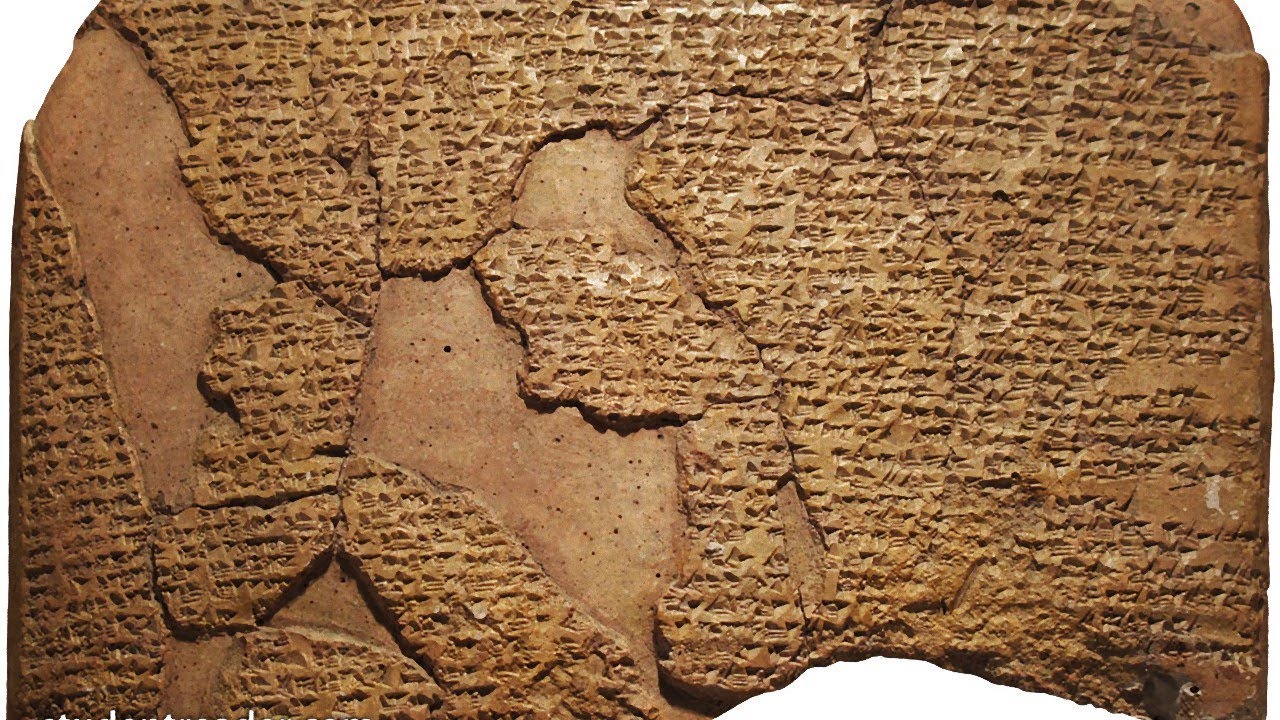
The Hittites are one of the most important civilizations of the period, as they did not stay where they were founded, but gradually expanded their borders. They had become a threat to Egypt. In order to change this situation, the Egyptian pharaoh decided to seize Kadesh, the commercial center of the Hittites, and set out with an army of tens of thousands of soldiers.
The interesting detail at this point is that the Egyptian army and the Hittite army were almost exactly the same strength. For this reason, although both sides clashed countless times, they could not win, or both sides thought they were victorious. They didn’t look they signed what we call the Kadesh Treaty today, the first known peace treaty in history. The text was prepared in Akkadian and Egyptian languages. The original silver tablet of the treaty was lost, but the clay tablet was found.
The Hittites were not destroyed in such a day:
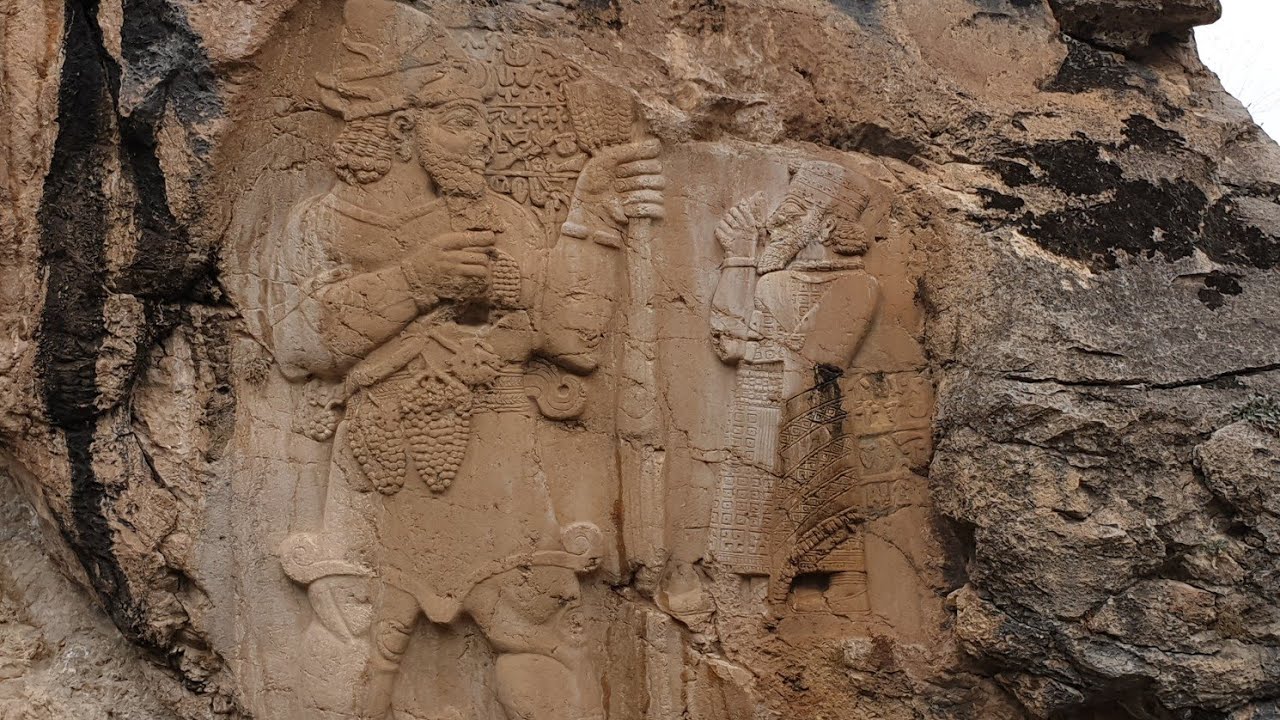
Civilizations that turned into great empires like the Hittites are not destroyed in a day. King IV. After Tuthaliya died, the empire quickly lost power. and soon began to disintegrate. 1190 BC is accepted as the date of the collapse of the empire, but the traces of the Hittites appeared in the region for at least five centuries, thanks to the kingdoms established afterwards, such as Gurgum, Hilakku, Kammanu, Karkamış, Kummuhu, Melid, Patin, Tabal, Tunna.
We understand the Hittites’ understanding of art from their temples that have survived to the present day:
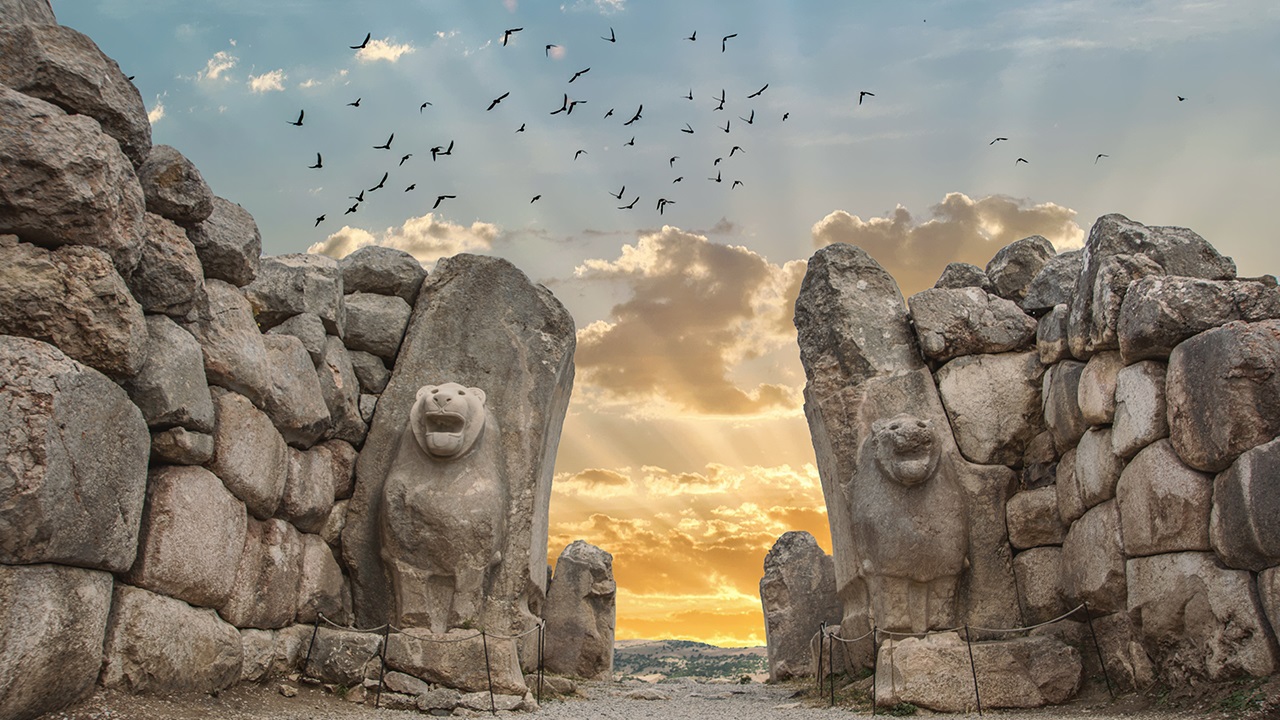
31 temple finds were found during the excavations in Hattusa and its environs. All of them were used for ceremonial purposes. One of the most interesting is the one with a 71-meter underpass. Two roaring lion reliefs at the entrance of a temple called the Lion Gate give clues about both the Hittites’ understanding of art and their belief system.
An open-air temple, which we call Yazılıkaya, has numerous reliefs. Built on a natural rocky area, this structure reliefs of many gods and goddesses are seen celebrating. Again with a lion, the king of the period and also the chief priest IV. Tuthaliya is included. In a different gallery, there is a relief with many underground gods.
Hittite, one of the oldest known languages:
Although we call it Hittite and Hittite today, these people actually called themselves Nesili, which means those who speak Nesi. This language, which has survived to the present day with clay and bronze tablets It was written in two different types as cuneiform and hieroglyphic. Hittite is considered one of the oldest languages of the Indo-European language family. Tens of thousands of tablets in Hittite, which were deciphered by Bedřich Hrozný in 1915 and by Helmuth Theodor Bossert in the 1940s, have survived to the present day.
We are quite familiar with religious beliefs:
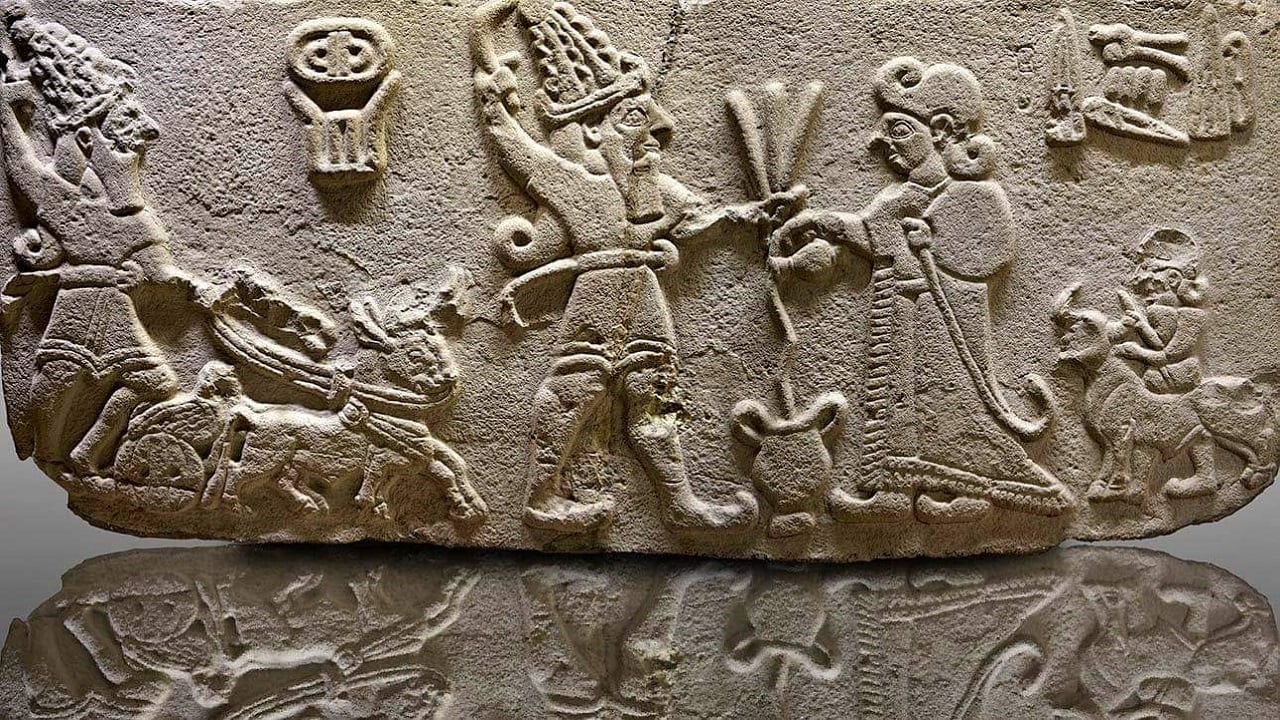
There were countless gods and goddesses that the Hittites believed in. Their main god is known as Teshub. Gods are physically similar to humans but naturally have unique abilities. In Hittite texts, we often see gods being compared with each other and that humans were created to serve the gods. Temples were built to honor these gods. There was a priest for each god, but the high priest was the king. When we look at all this, we see that it is almost the same as the Egyptian belief system.
One of the first civilizations established in Anatolia We talked about the extraordinary information about the Hittites, some of which you have heard for the first time. The next time you wander around the Central Anatolian region of our country, be careful where you step, maybe a Hittite king walked the same path as you thousands of years ago.
